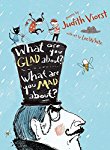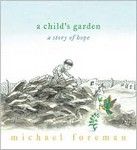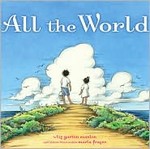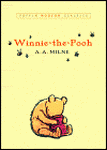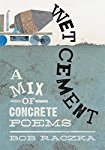Growing up can be tough, and for some the teenage years are a time full of confusion and trouble. This was certainly true for me and I therefore tend to stay away from books about teens who are in crisis. I don't particularly want to relive that time of my life, thank you very much! However, today's novel in verse caught my attention, and though it is a painful story at times, I am so glad that I read it. It is so beautifully written and so wonderfully honest.
 The Geography of Girlhood
The Geography of Girlhood
Kirsten Smith
Poetry
For ages 12 to 14
Little Brown, 2006, 978-0316017350
As far as Penny is concerned, being a fourteen-year-old
is all about being stuck in a world where she stands on the sidelines waiting
for things to get better. Penny enviously watches Tara, her beautiful older sister,
sashay through life, with a boyfriend following in her wake. Penny wishes that
she could be like Tara instead of being a girl who looks like her father, a man
who is not “pretty” at all. Penny wishes she could wake up one day with “a new
life / that doesn’t look anything / like this one.”
When she was
just six, Penny’s mother left, and since then her father has done his best to
be a father and a mother to his daughters, which is not easy. Tara in
particular likes to live life to the fullest, which can lead to problems. Sometimes
Tara plays one teenage girl card too many. One night Penny comes home and finds
out that Tara came home with hickeys all over her neck and their father is
furious. So furious in fact that he tried to put a new lock on Tara’s bedroom
door.
After this piece
of drama, more and more things start to happen in Penny’s life. She gets
detention for the first time, a boy blows a kiss at her, and when the star of
the school play gets bronchitis, Penny has to step out of her in-the-background
understudy role and onto the stage to play the lead part. This could be the
opportunity of a lifetime. It really could. Except Penny does not know her
lines and the first night is a bust. A second understudy takes on the lead role
for the remaining performances of the play.
When she leaves
the theater that night, walking in the rain, Randall Faber gives Penny a bunch
of flowers. He does not seem to mind that she made a complete mess of the play
and suddenly she isn’t just Penny Morrow, the “Screw-up In the School Play.”
Now she is “The Girl Randall Faber Likes,” who then becomes the girl who
fainted when Randal Faber kissed her. To say that Penny feels humiliated is an
understatement. The surprising thing is
that Randall still wants to be her official boyfriend and so Penny finds
herself holding hands with him, dancing with him, and trying to have
conversations with him. She should be happy with her new status in life, but
the truth of the matter is that she really does not like him that much. How did
that happen?
Penny is not the
only one in a relationship either. Her dad starts seeing a biologist, and Penny
cannot believe how changed he is. He tries new things, steps into the unknown,
and stops hiding from the world. By the time summer is rich and ripe with sunny
days, Penny’s dad has married Susan and Penny and Tara have a new stepmother
and a stepbrother.
Change happens
so fast during the summer months and Penny is barely about to keep up. Her
friend Denise really falls apart and has to take medication; Tara breaks every
rule she can; and in September Penny gets sucked into the world of high school.
The thing is that Penny has no idea what she is doing half the time and so on
she stumbles, trying desperately to keep her head above water and survive.
This sometimes
gritty, poignant, and often painful novel in verse takes us into the world of a
teenage girl who, like so many teenagers, has no clue how to navigate the world
she finds herself in. As her sister and best friend slip into deeper and deeper
waters of recklessness (Tara) and illness (Denise), Penny tries to figure out where
she belongs and who she is. Change and loss make her last years in school
complicated, and readers will find themselves wishing that they could hold this
girl who misses her long-lost mother, longs for a life somewhere else, and
struggles to understand her world.
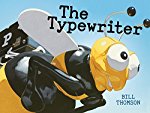 The Typewriter
The Typewriter The Typewriter
The Typewriter